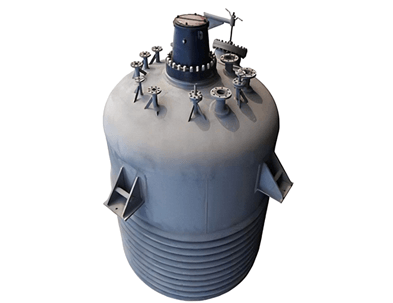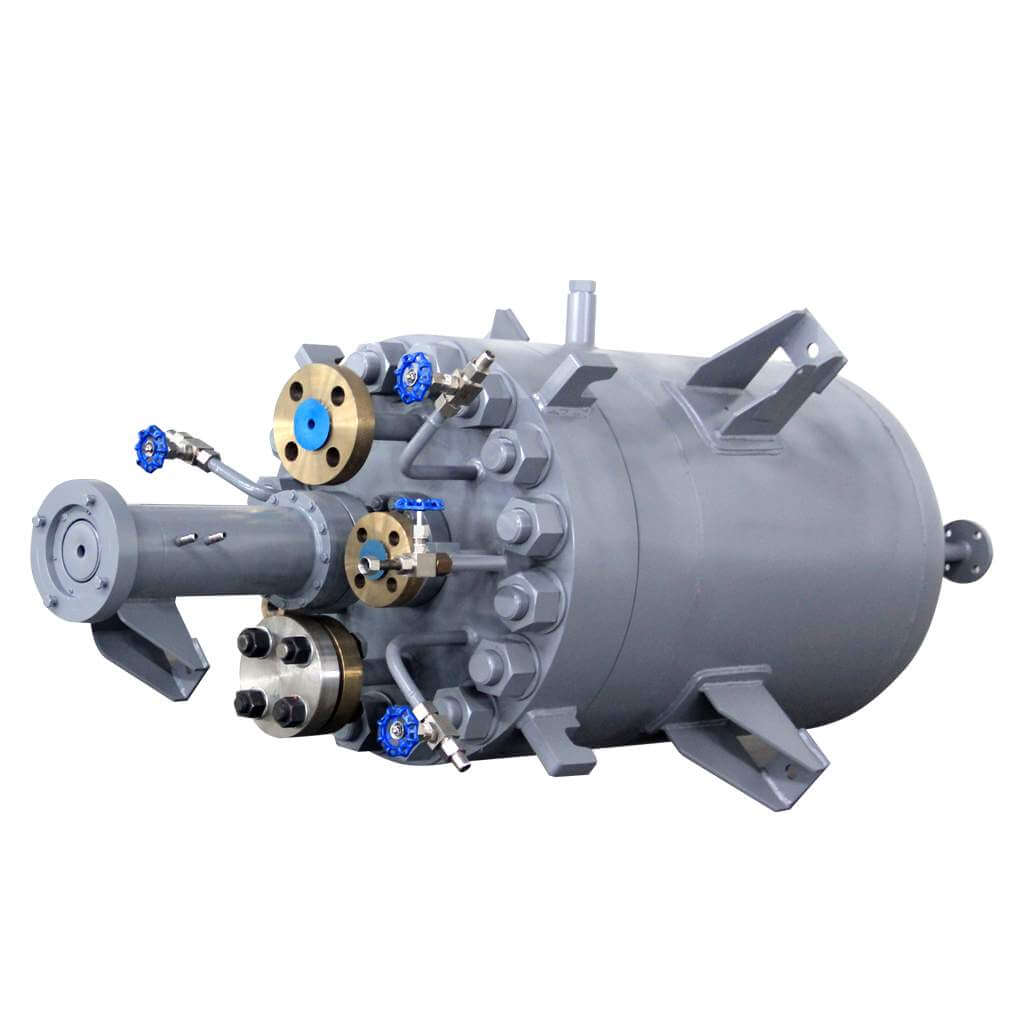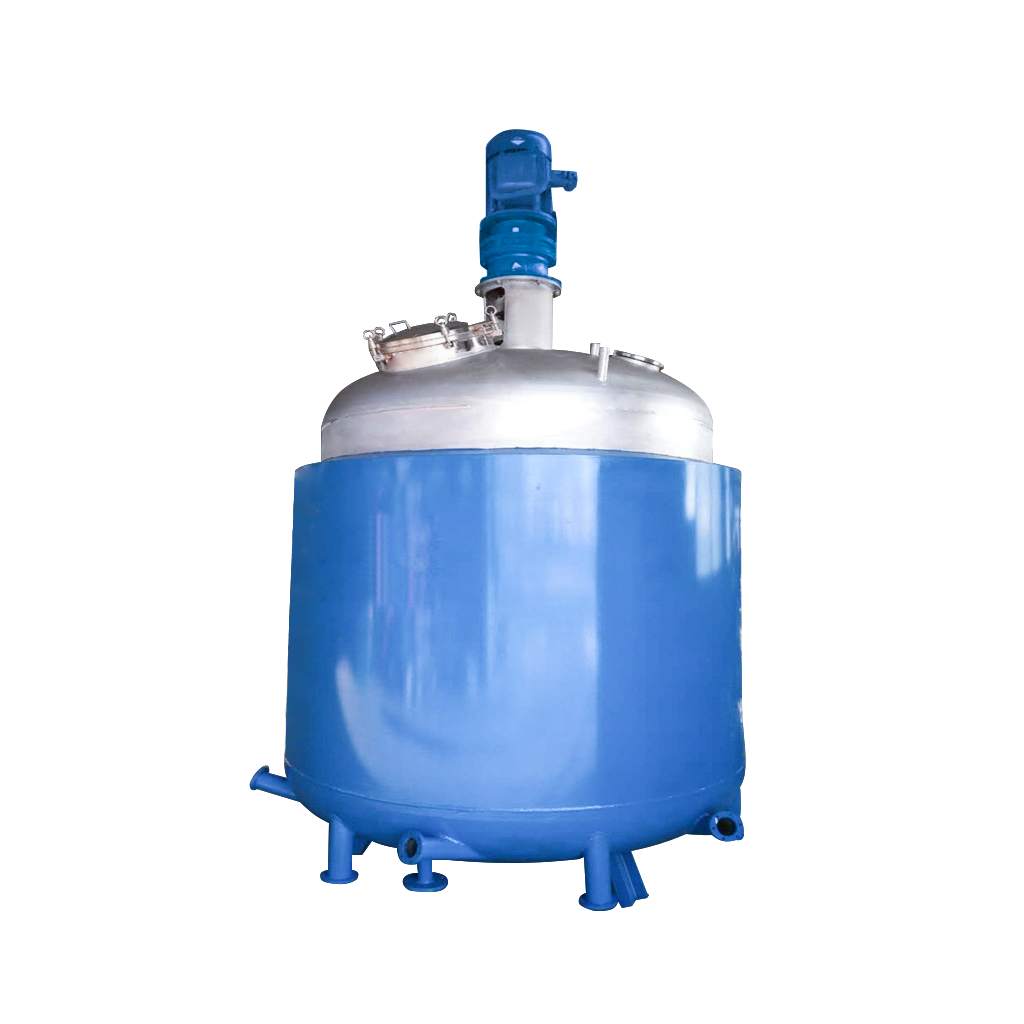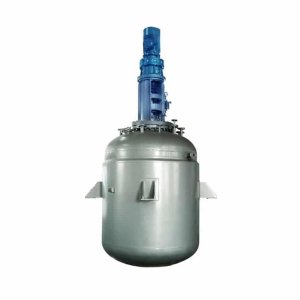

Hydrogenation Reactor
Hydrogenation Reactor:used in chemical synthesis, pharmaceutical manufacturing, food processing, and other fields.
Material
stainless steel (316, 304), carbon steel, others
Capacity (L)
10-10000+
Mixing system
anchor, paddle, frame and others
Heating system
electric heating, oil heating and others
Hydrogenation reactors are widely used in various catalytic reaction speeds, high-pressure and high-temperature generation, hydrogenation reactions, vapor-liquid two-phase, liquid-liquid two-phase, chemical reactions, corrosion detection, precision processing, supercritical extraction, and other applications. Mainly distributed in petrochemical equipment, organic chemistry, pharmaceutical industry, polymer synthesis, metallurgical industry, and other industries. At the same time, it has the characteristics of heat resistance, corrosion resistance, and high production capacity.
Request a quoteCracks are a dangerous defect in hydrogenation reactors. They are factors that lead to brittle failure of the vessel and promote fatigue cracks and corrosion cracks. Cracks can be roughly divided into two categories according to their generation process, namely cracks generated in raw materials or container manufacturing and cracks generated or expanded during the use of containers. The former includes rolling cracks on steel plates, drawing cracks on containers, welding cracks, and stress relief heat treatment cracks; the latter includes fatigue cracks and stress corrosion cracks.

Treatment method for cracks in hydrogenation reactor
Although cracks in the hydrogenation reactor may exist in various parts of its internal and external surfaces, the places where cracks are generally prone to occur are the welds, welding heat-affected zones, and parts with excessive local stress.
When the thickness of the kettle body is large, large restraint stress will be generated, and cold cracks will easily occur during welding. Cold cracks sometimes appear immediately after welding, but sometimes they take hours, days, or even longer to appear. These cracks that appear after a period of time after welding are also called delayed cracks. Delayed cracks may not be discovered during the manufacturing process of the hydrogenation reactor, but may cause extremely serious consequences during use. Therefore, it is more harmful than ordinary cracks.
There are several types of cold cracks in terms of expression: boundary cracks, cracks under the weld bead, and root cracks. Boundary cracks start from the junction of the weld and the base metal and extend into the base metal. The cracks under the weld bead are located in the near seam area below the weld bead and do not develop to the surface of the base metal. Root cracks originate from the heat-affected zone at the stress concentration point formed by the root notch of the weld, and extend into the base metal or weld.
Cracks can be inspected by visual inspection and non-destructive testing. Generally, signs of cracks are discovered or initially discovered through visual inspection, and then further confirmed through non-destructive testing. Non-destructive testing, whether it is liquid penetrant testing, fluorescence testing, or magnetic testing, is highly effective in checking surface cracks in hydrogenation reactors, and can be selected appropriately according to specific circumstances.

When crack defects are found in the hydrogenation reactor, the causes of the cracks should be analyzed based on the location, number, size, distribution of the cracks, and the working conditions of the hydrogenation reactor. A metallographic examination can be carried out to determine whether the cracks are defects in the raw materials, left during the manufacture of the hydrogenation reactor, or caused during use. Then determine the defect or the treatment method for the defective hydrogenation reactor according to the severity of the defect and the specific situation of the hydrogenation reactor.
Repair of defects in the hydrogenation reactor body is usually carried out by repair welding. Due to the poor welding performance of cast iron and the fact that the internal structure of cast iron parts easily absorbs organic solvents or oils, pores are prone to appear during welding. In order to ensure the quality of repair welding, reasonable welding processes, and necessary process measures must be adopted when repairing welding in hydrogenation reactors. Because the kettle body is large and difficult to heat, the repair welding method of manual arc welding and cold welding is usually used.
The micro-cracks left by the rolling or drawing of the material are generally shallow and can be removed by hand files or grinding wheels. Welding cracks should be eradicated when discovered during inspection. Components that have cracks due to poor structure or excessive local stress are generally not suitable for continued use. Hydrogenation reactors with corrosion cracks should not be used after the cracks are eradicated or welded.
In the design and manufacturing process of the hydrogenation reactor, the welding crack sensitivity index must be accurately calculated based on the process parameters used in the vessel. When the thickness of the base metal is large, in order to reduce the restraint stress, the preheating temperature before welding should be calculated to effectively improve the welding quality. Post-weld heat treatment should also effectively calculate the heat treatment temperature and holding time to improve the effect of post-weld heat treatment. The surfacing layer of the hydrogenation reactor should avoid dilution of alloy elements during the welding process to ensure that the surfacing layer has an austenitic structure.




